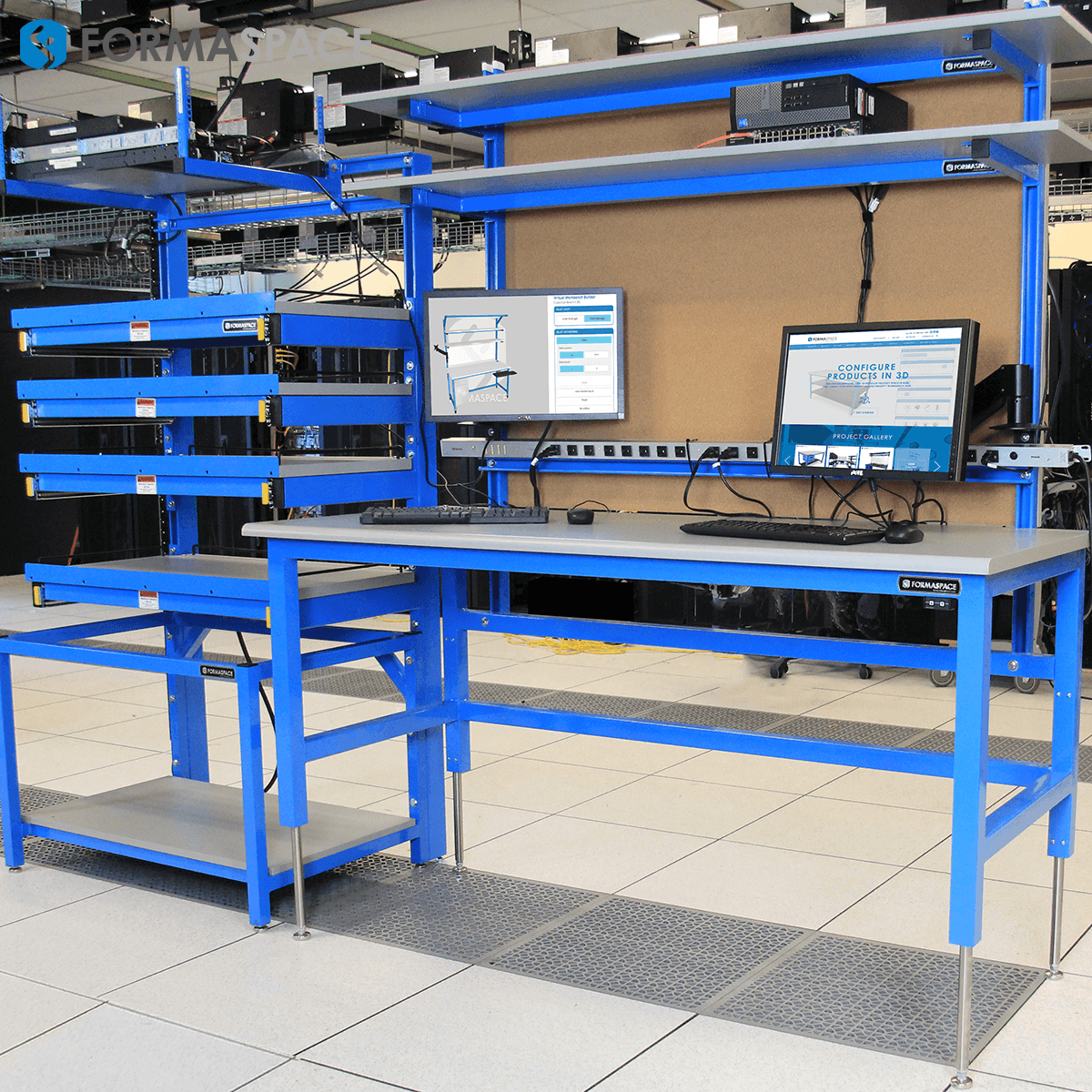In a world where security breaches that reveal personal information have become uncomfortably commonplace, healthcare consumers are understandably wary of sharing their protected health information (PHI) with healthcare IT systems – despite the potential benefits of providing electronic access to their medical records, such as speeding up treatment after an accident or a healthcare emergency.
Could Electronic Health Records Save Your Life After a Serious Accident?
We just want privacy.
That’s the sentiment of more and more of us, particularly when it comes to allowing our most personal details— such as our personal medical history— to be copied into an electronic database over which we have no control.
As a result, many of us think twice before offering permission to our healthcare providers to collect and share our protected health information (PHI).
That’s true … up until a point, such as when the unthinkable happens. What if you or your loved ones are involved in a life-threatening car accident? Or what if you (or someone you know) suffer a heart attack or stroke, and fall unconscious to the ground?
Suddenly – and understandably – those earlier concerns about privacy are quickly forgotten. What’s most important now, in this moment of need, is that emergency responders have instant access to critical information about the patient, including their health history, current medication and drug usage, and any life-threatening allergies.
When it comes to their patients’ protected health information (PHI), healthcare providers face a major IT challenge: how to ensure patient privacy of individual electronic health records (EHRs) yet make them available on a need-to-know basis across the wider healthcare ecosystem. Solving this challenge could help save lives.
How We Got Here: The Benefits of Electronic Health Records
There’s an old saying in the healthcare community about the importance of medical records, i.e. the notes that healthcare professionals keep about their patients’ care:
“If it’s not written down, it didn’t happen.”
In many cases, the saying proves true. For example, if a medical test is performed but the results are not recorded, the test often gets repeated, even if it’s expensive and potentially risky.
The old way of doing things – with paper medical records – was tedious, time-consuming, and error-prone. Doctors’ handwriting, known for being notoriously illegible, made reading old charts difficult, not to mention the huge investment in physical space needed to maintain an immense backlog of physical paper records, which in some larger hospital systems took up entire buildings.
Enter the Electronic Health Record (EHR), which promised to deliver significant improvements in patient care as well as significant savings in health care costs.
The key benefits of EHRs include:
- Healthcare Quality: Electronic health records provide ready access to accurate medical records – as patients move from a primary care provider to a specialist, to a testing lab, to an outpatient surgery unit, etc. – without incurring any unnecessary delays or errors in accessing the patient’s relevant medical history.
- Public Health Readiness: Public health administers and other medical researchers consider electronic health records (with personal details anonymized) as a very important data source for identifying early stages of potential epidemics or larger trends in health outcomes.
- Sustainability: Fires and other natural disasters can affect paper medical records. The classic example is flooding in the aftermath of Hurricane Katrina, which caused wholesale destruction of all medical records at a major healthcare institution in New Orleans. Secure copies of electronic health record databases can be maintained in multiple locations to prevent catastrophic loss.
- Evidence-based Medicine: Medical researchers are increasingly turning to big data solutions to analyze millions of (anonymized) health records to identify best practices for treating specific illnesses – in an approach known as Evidence-based Medicine.
- Value-based Care and Cost Savings: Public health advocates and others are analyzing medical records to identify policy changes that would transform the way we pay for healthcare services, by moving away from a fee-for-service (e.g. paying for each individual service such as a test) in favor of a value-based care that compensates healthcare providers for better outcomes. Electronic health records can also prevent duplicate procedures, such as unnecessary tests, which can help reduce healthcare spending.
Give these potential benefits of EHR’s, legislators in Washington instituted a ‘carrot and stick’ approach written into the landmark Patient Protection and Affordable Care Act (PPACA) to encourage healthcare providers to get on the EHR bandwagon.
The new law (more commonly known as the ACA or simply ‘Obamacare’) signed in 2010 didn’t mandate the use of EHRs directly, instead, the law set forth a series of financial incentives in the form of performance-based incentive bonuses to healthcare providers – from the largest institutions all the way down to solo practitioners.
The new watchword was meaningful use: in order to receive any CMS bonus payments from the federal government, healthcare providers not only had to implement an EHR system, they also had to demonstrate that their implementations provided tangible benefits to their patients. Efficacy was measured through a variety of meaningful use tests, such as how many patients used the EHR system to access their medical history.
Mission Accomplished? The Rollout of the First Generation of Electronic Healthcare Records
To say there was a little bit of kicking and screaming in response to these requirements is an understatement, particularly among the sole practitioner primary care physician community.
But almost 10 years after the PPACA was signed into law, the first generation of EHR systems are now (for the most part) an accepted mainstream solution for most healthcare providers.
What did we learn during the first generation EHR implementations?
- EHR implementations and maintenance programs are costly, especially for smaller physician groups or sole providers which have fewer IT resources.
- Many healthcare providers complain that using an EHR system can be much slower than maintaining hand records.
- Many healthcare providers have had to hire new staff members, such as “scribes” whose job it is to input information into EHR systems during patient visits, or rely on additional physician assistants (PAs) or nurse practitioners (NPs) to keep up with the added workload.
Despite these shortcomings, the EHR software market place has flourished during the past decade, with other 50 companies competing against each other to win healthcare provider accounts.
The market leader among private healthcare institutions is Minneapolis-based EPIC. In the public sector the leading vendor appears to be Cerner Corporation, which recently landed deals to provide services for the VA and the Department of Defense.
Moving from EHR Generation I to EHR Generation II: The 1st Century Cures Act Outlaws Electronic Health Records “Blocking”
Yet, despite these advances, public health officials and researchers are not completely satisfied with the first generation EHR systems. Interoperability between different vendors remains problematic. In many cases, moving data from one vendor’s system to another one has proved to be a futile exercise. Instead of exporting to a neutral data format that can be translated into another system, some vendors simply exported printed data cards of each patient record which would need to be painstakingly reentered into another database, a questionable practice which has come to be known as blocking.
Electronic health records blocking was of particular concern to HIMMS, the non-profit Healthcare Information and Management Systems Society, whose mission it is to improve healthcare outcomes through technology. Many of their members represent Health Information Exchanges (HIEs), which were established and funded by the original PPACA legislation in an effort to create regional interoperability solutions that would allow electronic health records to be shared between different healthcare organizations.
(Think back to our original scenario of a car accident or heart attack. If these unfortunate circumstances took place with in the region served by your local hospital system, there’s a good chance that the electronic medical records would be accessible to emergency responders and the doctors in the emergency room. However, if you were to travel outside your area, the chances are not so good that your health records can be accessed electronically.)
The solution to this interoperability problem, which we are calling the second generation of EHR systems, requires two things to happen.
The first is that healthcare systems have to be encouraged to share their data with other organizations to allow HIEs to share the data on their behalf. This, however, is something they may be reluctant to do, due to healthcare privacy laws as well as for competitive reasons.
A more recent law enacted in Washington, the 21st Century Cures Act, addresses this issue in part. It calls upon the Office of the National Coordinator for Health IT (ONC) to establish some ‘rules of the road’ for sharing healthcare data between different organizations. The document, known as the Trusted Exchange Framework and Common Agreement (TAFEC), was published and adopted in early 2018.
The second issue preventing the sharing of medical records on a regional basis is the EHR vendor blocking issue that we brought up earlier. The 21st Century Cures Act specifically addresses the issue of blocking and establishes large-scale fines for vendors who are found preventing reasonable sharing of data across systems.
Are Alphabet (Google), Amazon, Apple and Microsoft Making Plans for Their Big Move into Electronic Health Records?
It will be interesting to see how healthcare IT systems and the software vendors work together to solve these interoperability challenges posed by second-generation EHR systems.
But there are signs of impending changes in the healthcare IT world that may dwarf these issues.
We are talking about the rumors that Apple, Alphabet/Google, and Amazon are making plans to jump into the healthcare market with both feet. (Microsoft is already a player in the market, with its cloud computing solutions.)
Could these software giants, backed by billions of dollars in resources, change the healthcare IT ecosystem overnight?
Actually, the questions might be, why haven’t they jumped in earlier? The answer may be that the healthcare IT market is hard. It’s risky too. Fines for patient privacy violations, such as breaches due to computer hacking, fall under the regulations of HIPAA (Health Insurance Portability and Accountability Act of 1996), and they have real teeth. For example, Anthem had to pay a $16 million fine for a breach, while a Colorado hospital had to pay $111k for just one privacy violation.
Another possible reason for the late entry of software giants Apple, Alphabet/Google, and Amazon into the healthcare market is they probably had more profitable opportunities to attend to until now (such as consumer-oriented hardware and software or advertising and cloud computing platforms). But astute observers have been reading the tea leaves looking at clues, such as senior healthcare executive recruiting efforts, as ‘proof’ the big four are poised to enter the EHR space:
- Alphabet/Google: There are suspicious signs that Alphabet/Google will turn its expertise in artificial intelligence (AI) and system development to create a next-generation EHR system.
- Amazon: As the leading cloud computing vendor (with AWS), Amazon is poised to make a move into the EHR space. Rumors of a tie up with Cerner as part of recent joint healthcare industry investments with JP Morgan and Berkshire Hathaway as well as investments in Oscar, a healthcare insurance company, have only fueled the speculation that it will enter the EHR market, perhaps through data mining applications.
- Apple: With its Apple watch and Health Kit API, Apple has made tentative steps into the healthcare market. Evidence of active recruiting for executive leadership in the healthcare market is fueling rumors Apple is prepared to do more.
- Microsoft: The strategy that Microsoft has been pursuing in recent years is to leverage its Azure cloud computing platform as a secure environment for sharing critical healthcare data in the cloud. They are also using AI systems to provide computer-based healthcare solutions, such as automatically interpreting radiological films.
https://www.youtube.com/watch?v=GxUq53zqGJA
What Does This Mean for Healthcare IT Companies and In-House Healthcare Provider IT Teams?
The entrance of any of one these giant software companies into the EHR market – we’ll call it Third Generation EHR – will set off another round of major changes as hospital systems choose to adopt new systems.
Where does that leave healthcare IT companies and in-house healthcare provider IT teams?
The short answer is responding to change, lots of it.
Moving from the first generation of EHR systems to the second and potentially the third-generation in just over a decade represents a lot of change in a market which, by design, moves slowly and carefully.
How can healthcare IT departments prepare?
Here are a couple of observations:
- If you have the right set of technical skills, job security probably won’t be an issue. There is one obvious exception to this prediction however: consolidation between hospital systems may cause IT departments to consolidate as well.
- Security concerns will only become heightened as protected health information (PHI) is made available across the cloud. IT managers will need to secure their computer systems in data centers, even in smaller computer labs where unscrupulous thieves may attempt to gain access to computer hardware, hoping to find valuable patient data. (Talk to Formaspace about secure cabinetry solutions to protect the hardware in your healthcare IT labs.)
- Finding and retaining talent will be a critical path for the success of your healthcare IT department. Creating an attractive, comfortable, ergonomic workplace is especially important when trying to recruit younger millennial workers, who place a great value on the aesthetics of their work environment. Talk to your Formaspace Design Consultant about how you can improve your work environment with enhanced lighting, open layouts, and natural biophilic design elements.
Take a Look at Health Information Technology Labs Built By Formaspace
When it’s time to build, expand, or renovate your health information technology lab, it’s good to work with an expert, such as Formaspace.
We don’t just take your order for furniture; we build it for you, from scratch, at our factory headquarters in Austin, Texas
Take a look set some of our recent computer lab installations for some inspiration:




Formaspace is Your Healthcare IT Partner
If you can imagine it, we can build it.
We can build custom furniture solutions for your healthcare IT departments at our factory headquarters in Austin, Texas.
Three out of four of our major customers are listed on the Fortune 500, such as Dell Technologies, makers of Dell computers. We’re also proud to have more than 350 major universities and colleges, among our satisfied customers, including most of the Ivy League institutions.
Are you next?
We’d love to talk to you about your ideas for your next project, whether it’s a new build, expansion, or update to your existing IT facility.
Take the next step.
Contact your friendly Formaspace Design Consultant today.











